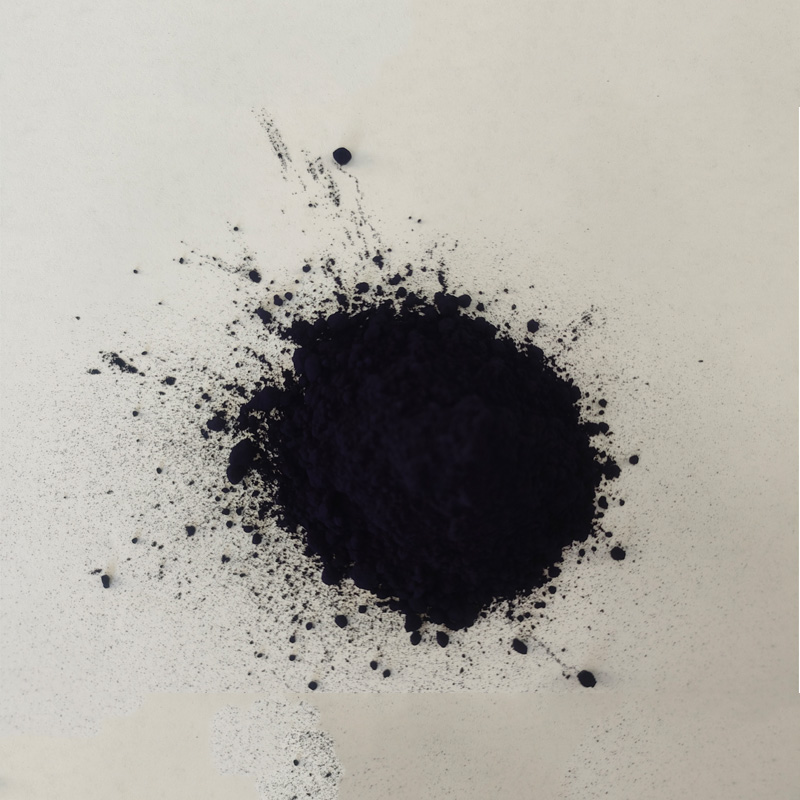
oem sulphur dyes
OEM Sulphur Dyes A Comprehensive Overview
In the world of textile manufacturing, dyes play a critical role in determining the quality and character of the final product. Among the various types of dyes available, sulphur dyes have carved a niche for themselves, particularly in the dyeing of cotton and other cellulosic fibers. Their unique properties, cost-effectiveness, and the ability to offer deep, rich colors have made them a preferred choice for many manufacturers. This article delves into the specifics of OEM sulphur dyes, exploring their benefits, applications, and the processes involved in their production.
What are Sulphur Dyes?
Sulphur dyes are a class of colorants that are primarily used in the textile industry. They are named for their sulphur content, which contributes to their solubility properties. Typically, these dyes are derived from various aromatic compounds and undergo a chemical reaction that produces a water-soluble form that can penetrate fibers effectively. When applied to textiles, sulphur dyes can create vibrant and long-lasting colors that are resistant to washing and light.
The OEM Approach
Original Equipment Manufacturer (OEM) sulphur dyes refer to tailor-made dye solutions produced for specific client requirements. Many textile manufacturers opt for OEM services to ensure that they have dyes that meet their unique specifications, including color shades, solubility, and compatibility with various fabric types. This approach not only provides a competitive edge but also enhances the overall quality of the textile products.
Advantages of OEM Sulphur Dyes
1. Versatility OEM sulphur dyes are suitable for a wide range of fabrics, making them ideal for different applications. They work exceptionally well on cotton, rayon, and other cellulosic fibers, providing superior color quality.
2. Cost-Effectiveness Sulphur dyes are often less expensive than other dye types, such as reactive dyes or vat dyes. The OEM model allows manufacturers to source dyes at competitive prices while ensuring high quality, resulting in significant cost savings.
3. Sustainability Many OEM sulphur dye manufacturers are increasingly focusing on sustainability. They create dyes with lower environmental impact and ensure that their manufacturing processes comply with ecological standards.
4. Custom Color Matching One of the standout features of OEM sulphur dyes is the ability to create custom colors. Manufacturers can collaborate closely with dye suppliers to develop specific shades that match their branding and product requirements.
5. Resistance to Fading Sulphur dyes are known for their excellent wash and light-fastness properties. This quality ensures that textiles appear vibrant and retain their color even after repeated washing, which is crucial for consumer satisfaction.
Applications of OEM Sulphur Dyes
oem sulphur dyes

The applications of OEM sulphur dyes span various segments of the textile industry
- Denim Industry The denim sector heavily relies on sulphur dyes for creating the iconic blue shades associated with denim fabric. The ability to achieve deep, striking colors contributes to the popularity of these dyes.
- Casual Wear and Workwear Many casual and workwear garments utilize sulphur dyes due to their durability and resistance to wear. This makes them an excellent choice for clothing that undergoes frequent washing and heavy usage.
- Home Textiles OEM sulphur dyes are also employed in the dyeing of home textiles such as bed linens, curtains, and upholstery. The quality and longevity of the colors ensure that home products can withstand regular use and cleaning.
The Manufacturing Process
The production of OEM sulphur dyes involves several critical steps
1. Raw Material Selection Quality raw materials are essential for producing high-grade dyes. Manufacturers carefully select base chemicals that will yield the desired color and properties.
2. Synthesis The dye is synthesized through a series of chemical reactions that result in the formation of intermediate compounds, which are further processed into the final dye product.
3. Color Matching and Testing Once synthesized, the dyes undergo rigorous testing to ensure they meet client specifications for color, solubility, and stability. This stage often involves collaboration with clients for color matching.
4. Packaging and Distribution Finally, the OEM sulphur dyes are packaged in a manner that maintains their stability and quality during transportation, ready for delivery to manufacturers.
Conclusion
OEM sulphur dyes hold a vital place in the textile industry, offering numerous benefits that cater to the diverse needs of manufacturers. Their versatility, cost-effectiveness, and sustainability efforts make them an attractive option in a competitive market. As the industry continues to evolve, the demand for high-quality, tailored dye solutions will likely grow, solidifying the role of OEM sulphur dyes in the future of textile production.
-
The Timeless Art of Denim Indigo Dye
NewsJul.01,2025
-
The Rise of Sulfur Dyed Denim
NewsJul.01,2025
-
The Rich Revival of the Best Indigo Dye
NewsJul.01,2025
-
The Enduring Strength of Sulphur Black
NewsJul.01,2025
-
The Ancient Art of Chinese Indigo Dye
NewsJul.01,2025
-
Industry Power of Indigo
NewsJul.01,2025
-
Black Sulfur is Leading the Next Wave
NewsJul.01,2025

Sulphur Black
1.Name: sulphur black; Sulfur Black; Sulphur Black 1;
2.Structure formula:
3.Molecule formula: C6H4N2O5
4.CAS No.: 1326-82-5
5.HS code: 32041911
6.Product specification:Appearance:black phosphorus flakes; black liquid

Bromo Indigo; Vat Bromo-Indigo; C.I.Vat Blue 5
1.Name: Bromo indigo; Vat bromo-indigo; C.I.Vat blue 5;
2.Structure formula:
3.Molecule formula: C16H6Br4N2O2
4.CAS No.: 2475-31-2
5.HS code: 3204151000 6.Major usage and instruction: Be mainly used to dye cotton fabrics.

Indigo Blue Vat Blue
1.Name: indigo blue,vat blue 1,
2.Structure formula:
3.Molecule formula: C16H10N2O2
4.. CAS No.: 482-89-3
5.Molecule weight: 262.62
6.HS code: 3204151000
7.Major usage and instruction: Be mainly used to dye cotton fabrics.
